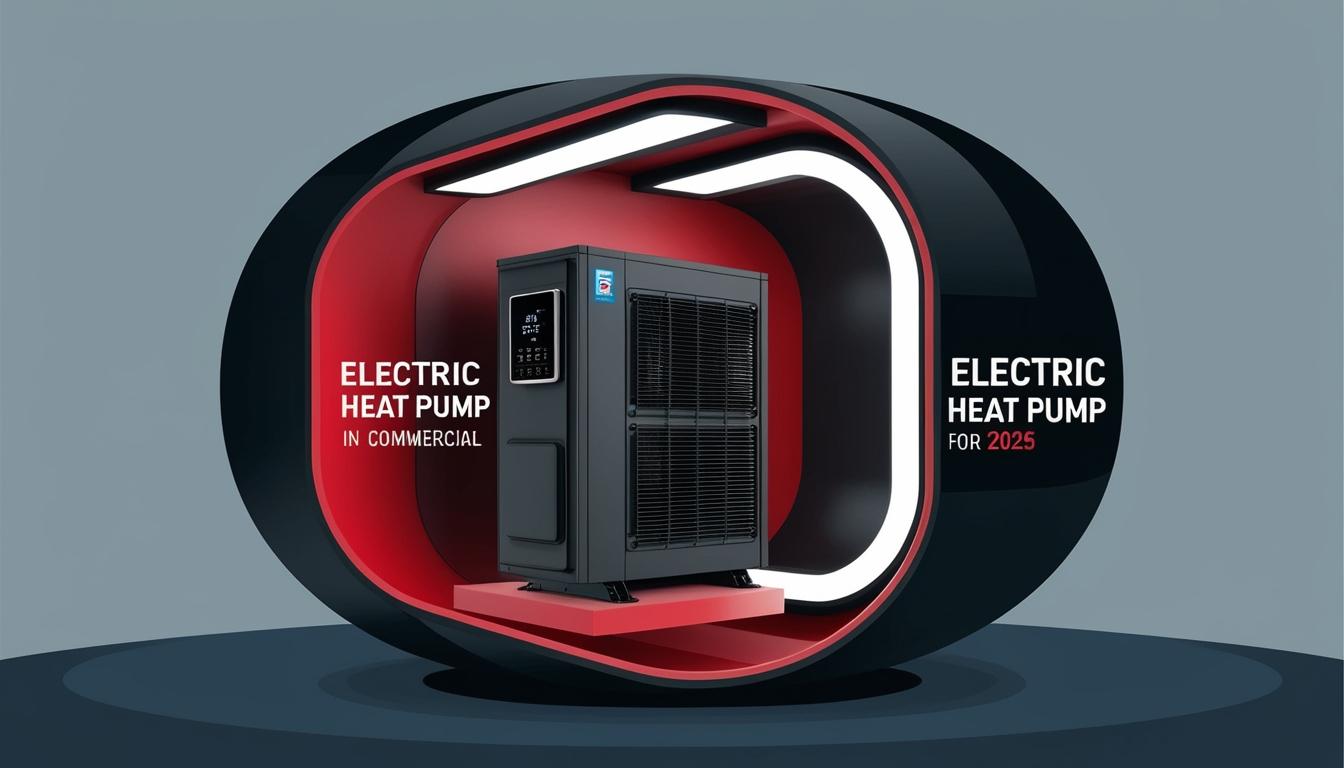As facilities nationwide continue to grapple with aging infrastructure, the urgent need for retrofitting or replacing existing heating equipment is becoming increasingly evident. With advancements in technology reshaping the landscape of heating systems, facility managers face a daunting array of choices for optimising energy use in commercial spaces. As outlined by Jack Smiley in a recent piece for Facility Executive Magazine, significant changes are anticipated for the heating and cooling industry by the year 2025.
One of the most notable expectations is the expansion of options for commercial electric heating. Electric heat pumps, which have seen recent enhancements making them more suitable for large commercial environments, will be complemented by the ongoing improvement of electric unit heaters. These heaters are designed to offer versatile and focused heating solutions that can be mounted or deployed for spot heating where necessary.
The trend towards increased connectivity and control is also set to dominate the heating sector. Manufacturers are prioritising the development of HVAC systems that require fewer physical connections and can be remotely operated. Many devices will allow for smartphone control, enabling users to fine-tune the comfort levels within their facilities with increased precision. Smiley reports that these advancements in connectivity not only augment user experience but also optimise energy consumption in real time.
Furthermore, higher environmental standards are on the horizon. A new regulation from the Environmental Protection Agency (EPA) requires manufacturers to modify the refrigerants used in light commercial air conditioners and heat pumps by 2025. This shift aims to replace refrigerants with significantly lower Global Warming Potential. Initially targeted at light commercial units, these standards may eventually extend their scope, reinforcing a commitment to sustainability within the industry.
Another key development is the move towards predictive maintenance rather than the traditional reactive approach. Contemporary heating units are being equipped with sophisticated computerized controls capable of accumulating and analysing operational data. This innovation enables facility teams or HVAC service groups to monitor for any irregularities and anticipate maintenance needs before malfunctions occur, potentially mitigating downtime and repair costs.
Despite the potential for higher upfront costs, the operating expenses associated with the new, efficient heat pumps are projected to be lower. With a greater emphasis on energy efficiency, these systems are designed to consume less electricity, thus offering a sustainable solution for commercial heating needs.
Addressing the rising concern for indoor air quality, manufacturers are now incorporating enhanced filtration systems within their HVAC products. The global events of 2020 have heightened awareness regarding the importance of clean air, prompting facility managers to seek solutions that ensure healthier work environments for employees.
As facility managers prepare for the impending changes in electric heating technologies, understanding these industry trends will be crucial. The evolving landscape presents both challenges and opportunities in heating efficiency and sustainability, making 2025 a pivotal year for advancements in the HVAC sector. As Smiley notes, the transformations underway are set to deliver substantial benefits for both manufacturers and the end-users they serve.
Source: Noah Wire Services
